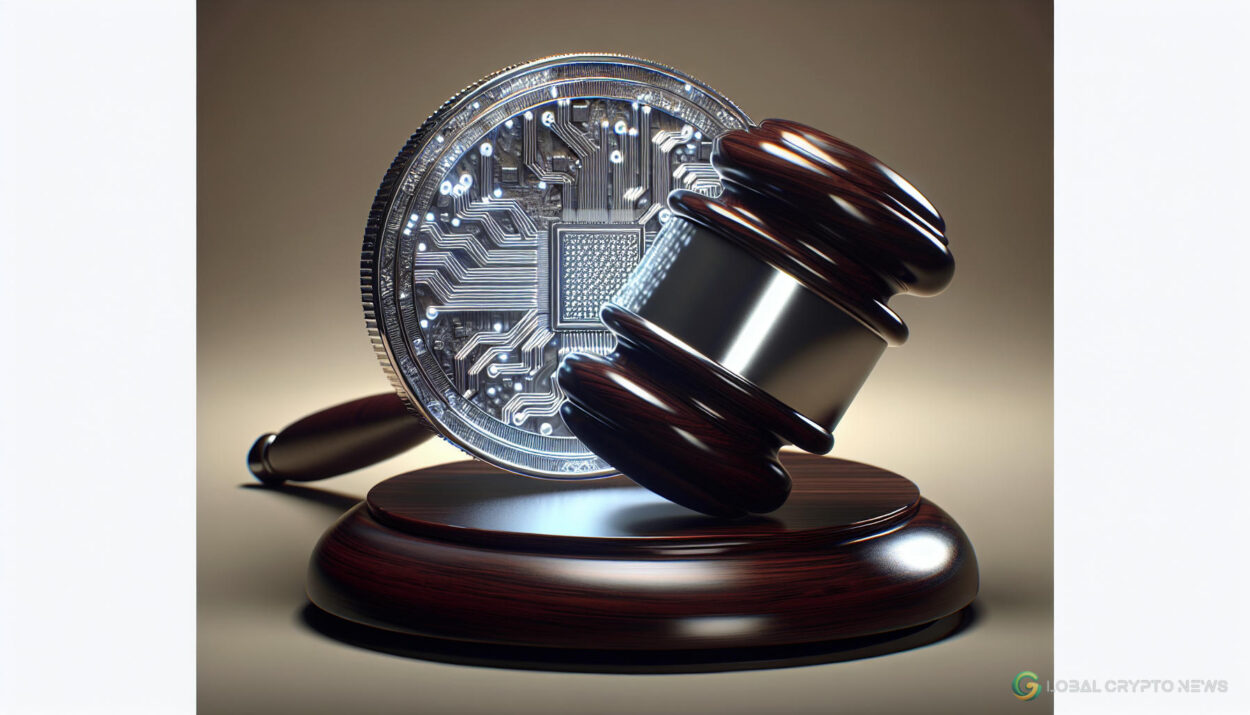Disclosure: The views and opinions expressed here belong solely to the author and do not represent the views and opinions of Global Crypto News’ editorial team.
Stablecoins have grown into a market exceeding $160 billion. However, regulatory uncertainty worldwide threatens their future. The digital asset industry has invested in effective lobbying campaigns, but more efforts are needed.
Regulatory Threats to Stablecoins
Numerous threats remain to the stablecoin market. For instance, regulators could impose changes to issuer business models. As Tether makes clear on its transparency page, stablecoins are not precisely backed by dollars. Instead, a pool of assets earning a little more than 5% for stablecoin issuers backs these digital assets. Issuers generally do not pass any of the yields they earn to holders.
Tightening the Regulatory Belts
Stablecoin sponsors argue that this is why stablecoins are not securities and face a lighter regulatory regime compared to most tokens with centralized teams. However, the existence of stablecoins as a currency and a lightly regulated financial instrument could be ending. While some political figures promise to allow the expansion of stablecoins in the United States, the European Union and Switzerland are exploring legislation that could undermine stablecoins.
Questions remain over the future of stablecoins, which differ from many digital assets due to their dependence on central issuers. Even though stablecoins don’t produce profit for holders, they could still be considered securities. A February 2024 New York federal court ruling determined that a stablecoin may become a security when combined with a yield.
Issuers and Profit Models
Stablecoins have issuers who profit off the stablecoin: companies like Tether, Circle, and Coinbase. For example, Circle uses BlackRock as a primary asset manager of USDC cash reserves. Moreover, securitized bonds exist today with negative nominal coupons despite investors having no reasonable expectation of profit.
In a September 2023 amicus curiae brief in a legal battle between Binance and the SEC, Circle argued that stablecoins are not securities simply because users don’t expect to profit. The SEC, however, argued in a case against Binance that BUSD, Binance’s stablecoin, has been a security “since its inception,” primarily because it offers yield.
Binance’s stablecoin places money into profit-generating opportunities. Additionally, Binance promised interest-like payments to people in the US for simply buying BUSD and deploying BUSD into yield programs.
The SEC Approach
The SEC does not rely solely on the Howey analysis. It could be argued that stablecoins represent a share in an open-end company under the Investment Company Act of 1940, especially if the stablecoin resembles a money market fund, which has a Net Asset Value of shares pegged 1:1 to the US dollar. It is therefore not unreasonable to think the SEC might view a stablecoin backed by a bundle of assets as an asset-backed security.
In the Binance case, the New York Department of Financial Services ordered Paxos to stop administering BUSD. A Paxos spokeswoman in 2023 stated the company does not view their stablecoins as securities under Howey or Reves. Stablecoin sponsors argue that stablecoins do not meet the three-part Howey test of an investment contract and sponsors keep profits to themselves. They argue stablecoins preserve value and prevent losses but do not create profit.
In a court of law, an SEC lawyer might argue that just because issuers keep all the profit for themselves doesn’t mean stablecoins are non-securities. All it takes is for a judge to agree and make a ruling based on this argument. A stablecoin is, after all, a receipt for an off-chain asset. There are also secondary markets for stablecoins, as well as an issuer-investor relationship. Financial instruments representing underlying digital assets—such as the Bitcoin ETF—are considered securities. So, why not stablecoins as well?
Stablecoin proponents could be wrong. For a stablecoin to constitute a security, the buyer of a security doesn’t necessarily need to expect to make or lose money by buying and selling it. The crypto market would be upended since it operates based on the assumption that stablecoins are currencies and not securities.
Centralization Concerns
The dominant stablecoin model is highly centralized, adding to concerns these might be securities and putting the stablecoin and broader crypto market at risk for government interference. US authorities—or any country authorities—could revoke stablecoin issuers’ access to the banking and financial system. If a USD stablecoin issuer is overseas, the US government could request foreign governments to exclude such entities from their respective banking systems. Furthermore, US authorities could require stablecoin issuers to comply with anti-money laundering and know your customer procedures, as Swiss authorities have done with recent guidance.
If the digital asset industry exerts the influence it currently has, then stablecoins can continue to proliferate, and millions can reap the benefits of financial inclusion.
Stay updated with the latest news and insights on cryptocurrencies, investing, and finance at Global Crypto News.
Sarah Austin is an entertainment and technology executive and co-founder of Tilted.xyz, a game-streaming consumer application with game asset e-commerce. She is an American author and tech entrepreneur, former CMO and co-founder of metaverse funding platform QGlobe, and former CEO at Broad Listening, an artificial emotional intelligence agent.

























